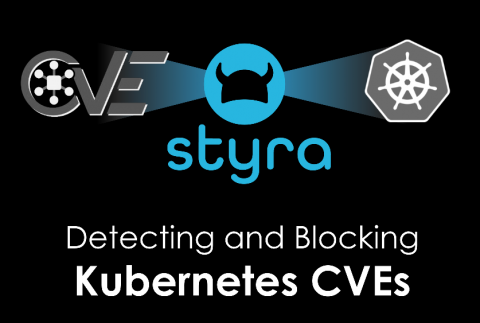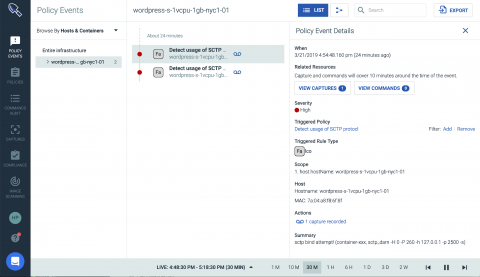Investigate and Correct CVEs with the K8s API
When NIST (https://nvd.nist.go) announces a new CVE (Common Vulnerability and Exposure) that impacts Kubernetes, kube administrators and IT Security teams need to quickly understand the impact of the vulnerability and protect their Kubernetes clusters. Often, no patches are yet available, so in addition to understanding the impact, DevOps teams have to decide whether or not to create a custom fix to mitigate the risk of that CVE without bringing down the entire app or system.






